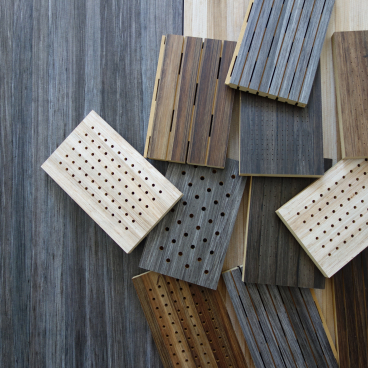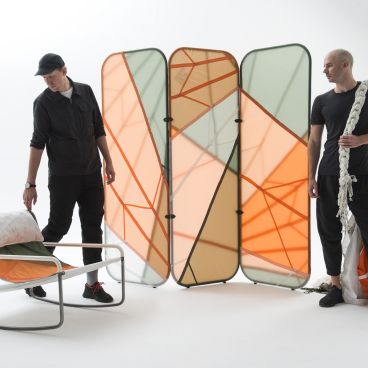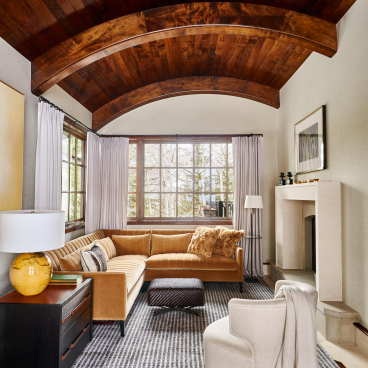At the vanguard of the terrazzo revival is Robin Grasby, the East London-based furniture and industrial designer behind Altrock.
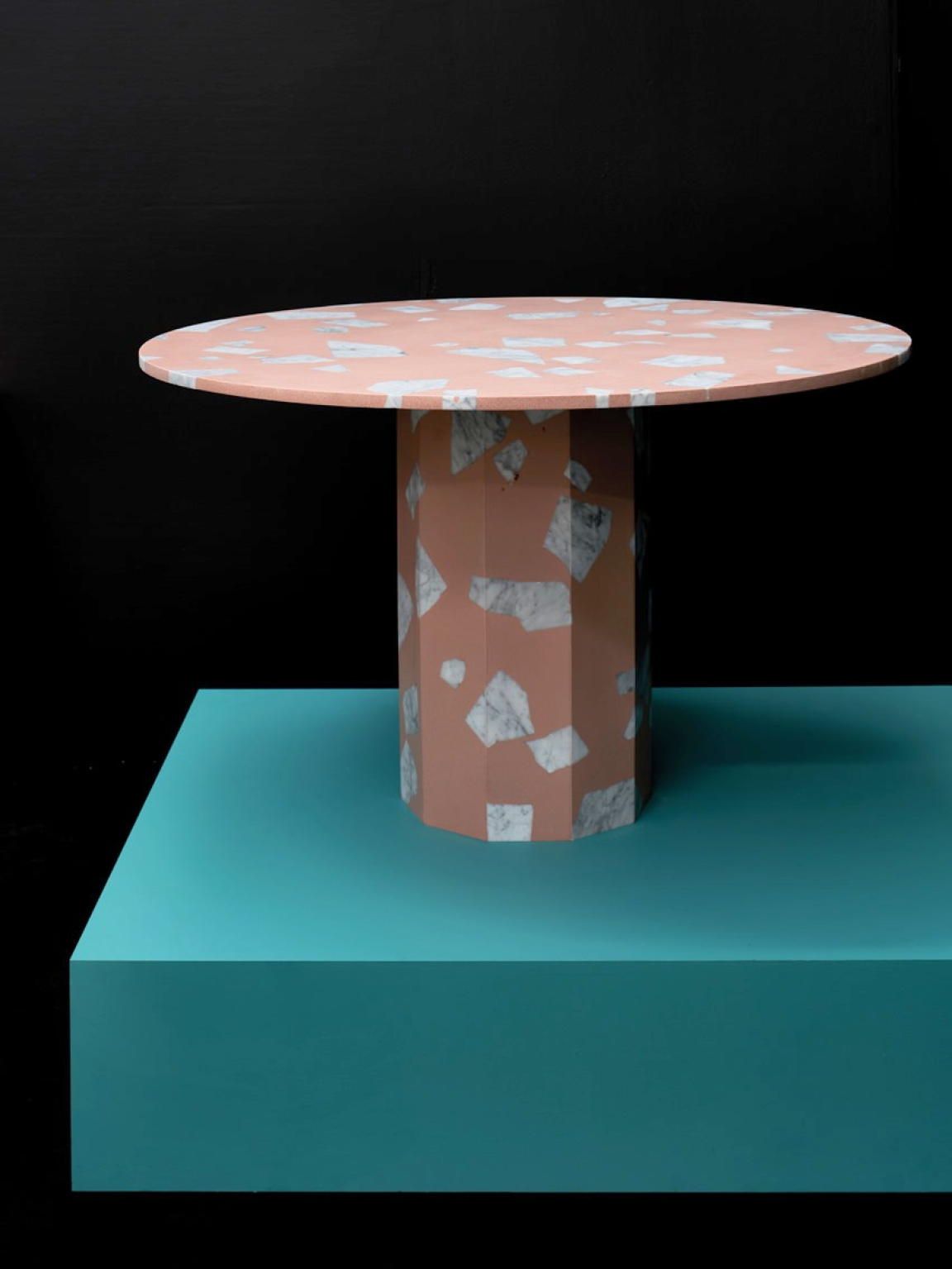
Altrock London Design Fair 2019 Photography Guy Archard
As long ago as the first century AD, the Romans were combining shards of marble and broken pottery to make surfaces for floors and pavements.
This was one of the earliest forms of terrazzo – the composite wall and floor material made from cement - or epoxy-bound stone chips that became ubiquitous in the 20th century.
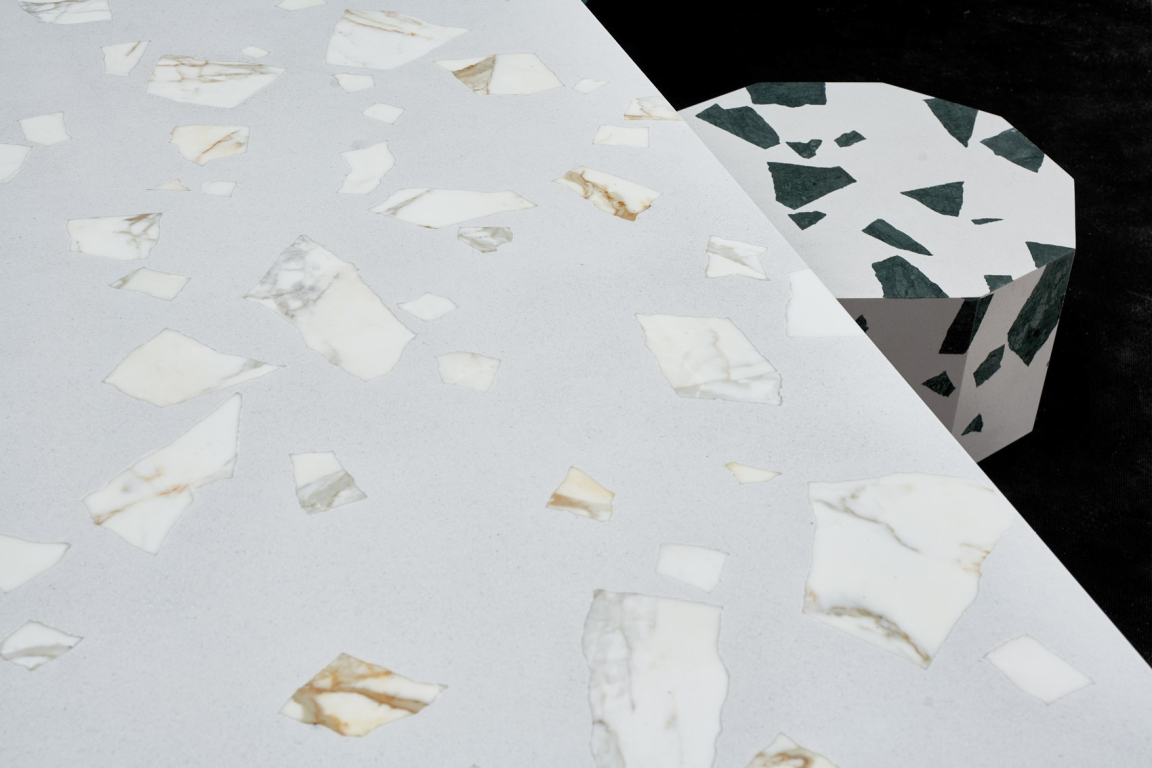
Altrock London Design Fair 2019 Photography Guy Archard
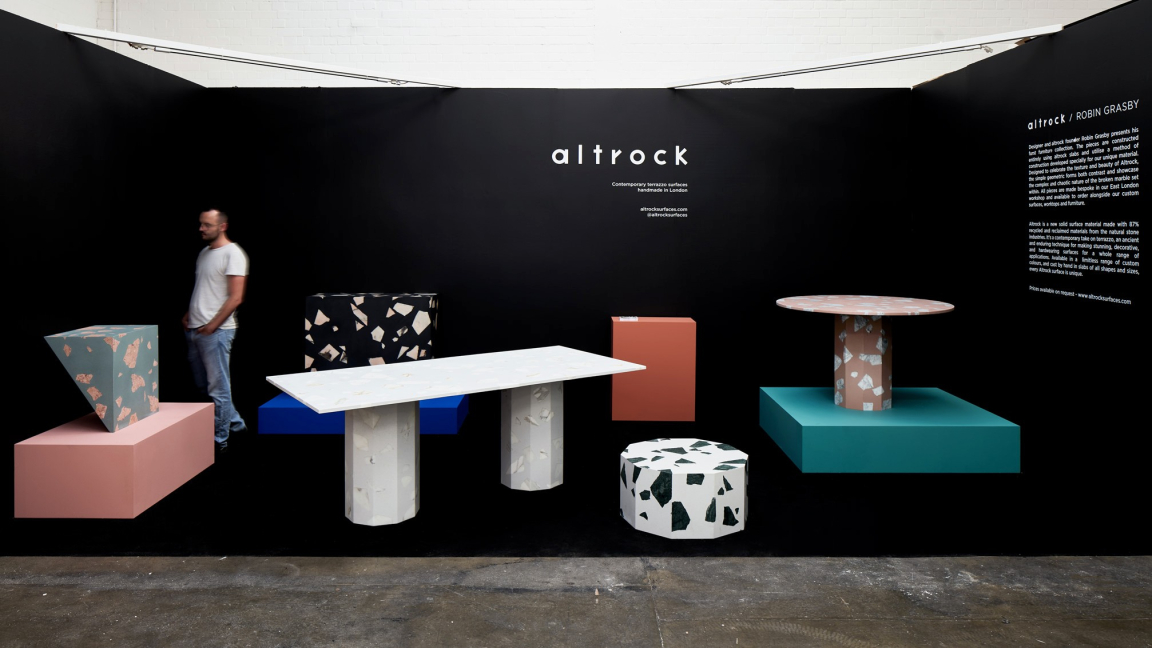
Altrock London Design Fair 2019 Photography Guy Archard
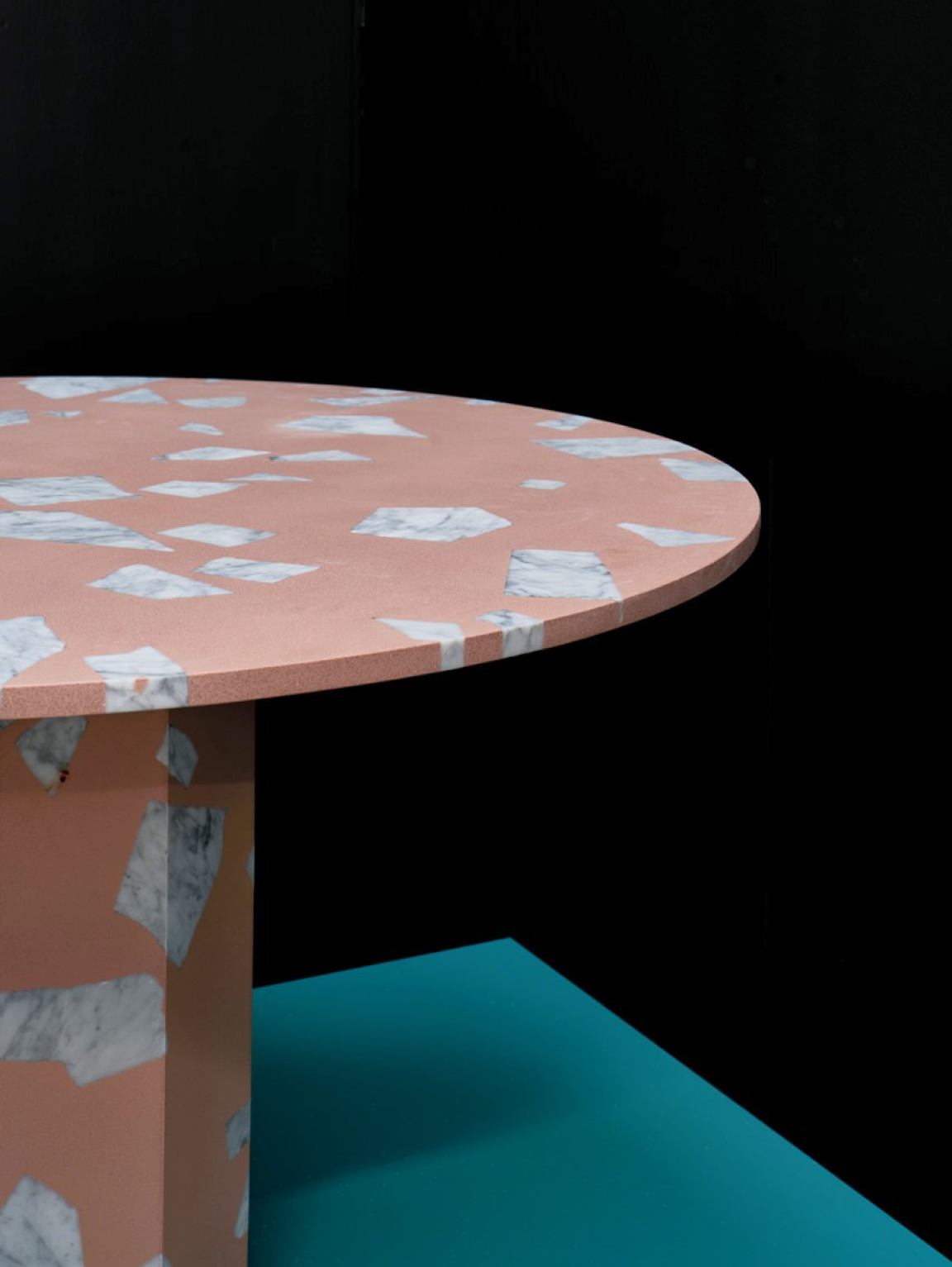
Altrock London Design Fair 2019 Photography Guy Archard
Although the shifting trends of recent decades saw solid marble eclipse terrazzo as the decorative building material of choice, it's now returning to prominence, as more and more designers seek hard- wearing, cost-effective, aesthetically uncompromised and sustainable alternatives to solid stone. The problem they face is, there are not many remaining UK terrazzo manufacturers to supply it.
At the vanguard of the terrazzo revival is Robin Grasby, the East London-based furniture and industrial designer behind Altrock. Rather than imposing rigid patterns or geometry onto the arrangement of the stone fragments, Grasby chooses to let the arrangement of the pieces reflect the natural randomness of their colour and shape, giving each Altrock surface a beautifully chaotic appearance and ensuring no two slabs are ever the same. ‘I like things to feel like they designed themselves,’ he says.
I wanted to develop an application for marble that can showcase the beauty of the material and utilise its properties as a hardwearing surface, but in a unique and contemporary way. – Robin Grasby, founder and inventor, Altrock
Durable, waterproof and stain-resistant thanks to being sealed with wax oil, Altrock can be used to make furniture, worktops, wall coverings, bathroom surfaces and more. Casting by hand enables slabs to be produced in diverse shapes and sizes, and it can be pigmented in an endless variety of custom colours – allowing Altrock to be crafted bespoke to complement any contemporary interior.
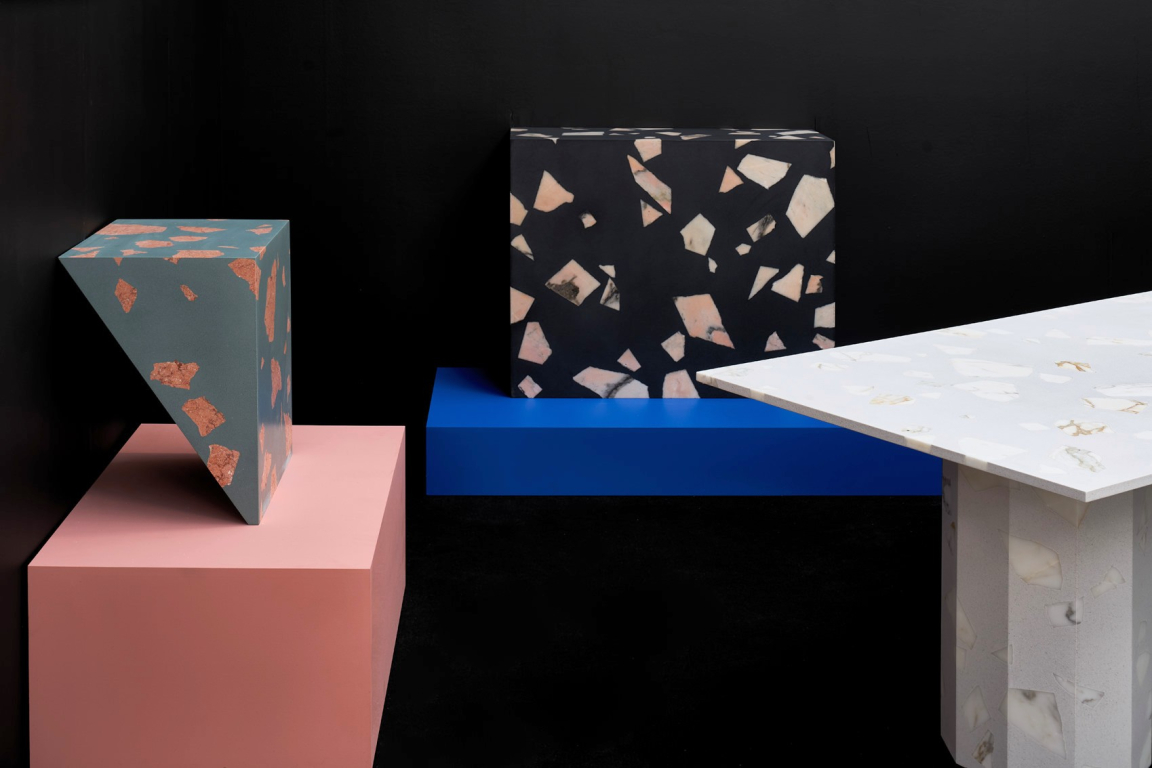
Altrock London Design Fair 2019 Photography Guy Archard
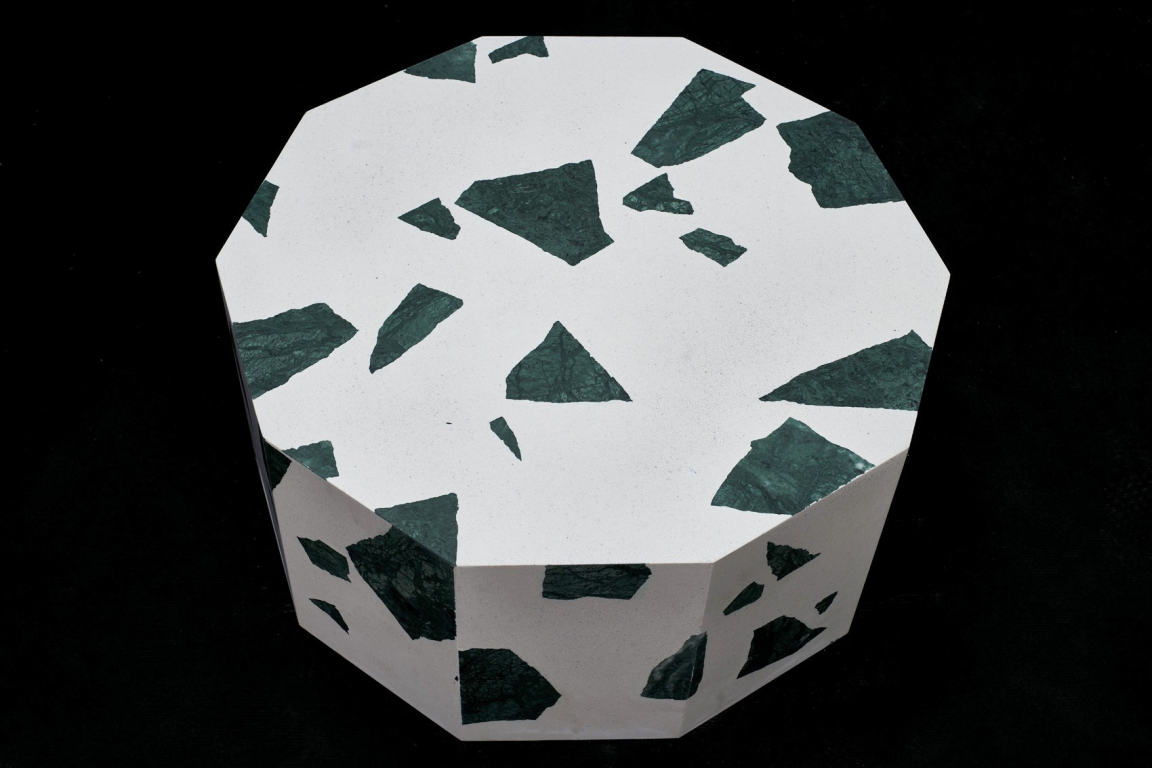
Altrock London Design Fair 2019 Photography Guy Archard
Earlier in 2018, Grasby had been experimenting with casting chunks of marble in concrete while working on an interior project, when he began to appreciate the sheer volume of stone that is cast aside as unusable offcuts by the marble industry.
The production of Altrock taps directly into this waste stream, taking marble flour, marble chips, chunks of offcuts and broken slabs (87%) and binding them with a small quanitiy (13%) of resin to create a hardwearing, low-maintenance and highly graphic surface that emphasizes the raw matereriality of the stone.
Learn more about Altrock.



